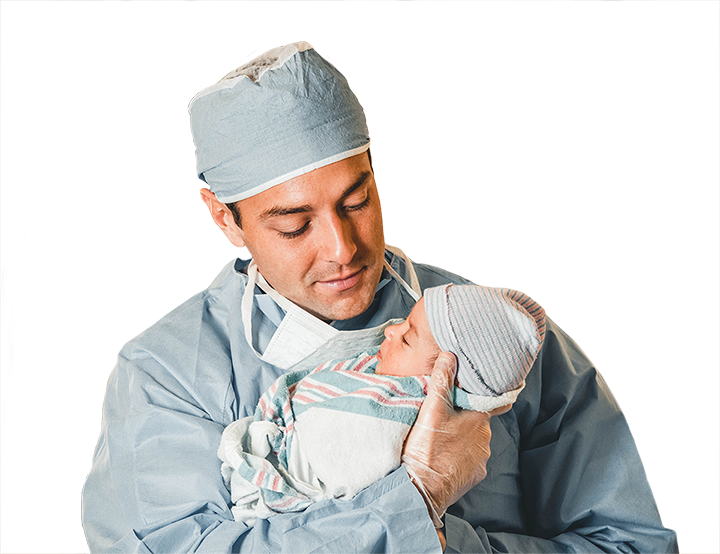
The Importance of Timely and Proper Diagnosis
Diagnosing LC-FAOD
Long-chain fatty acid oxidation disorders are rare. There are only an estimated 100 births per year with a confirmed diagnosis in the United States. An estimated 2,000 to 3,500 people in the United States are currently living with LC-FAOD.*
LC-FAOD symptoms typically begin soon after birth and in early infancy, although some people with slower disease progression may not be diagnosed until a later age.
Today, most people with LC-FAOD are diagnosed after a positive newborn screening.
Confirmation through genetic testing may be appropriate for anyone with a suspected LC-FAOD diagnosis based on clinical symptoms, laboratory findings, or a combination of both.
Ask your healthcare provider about genetic testing available to help confirm a diagnosis of LC-FAOD.
*LC-FAOD is a rare disease with limited epidemiological data; therefore, estimates provided here are based on Ultragenyx internal data and market research.
NEWBORN SCREENING AND TESTING†
*LC-FAOD is a rare disease with limited epidemiological data; therefore, estimates provided here are based on Ultragenyx internal data and market research.
†Genetic testing may be required regardless of other test outcomes.
Turnaround times are estimates only and may vary based on testing facility.
Stay Informed
Sign up to receive the current disease education information in your inbox.